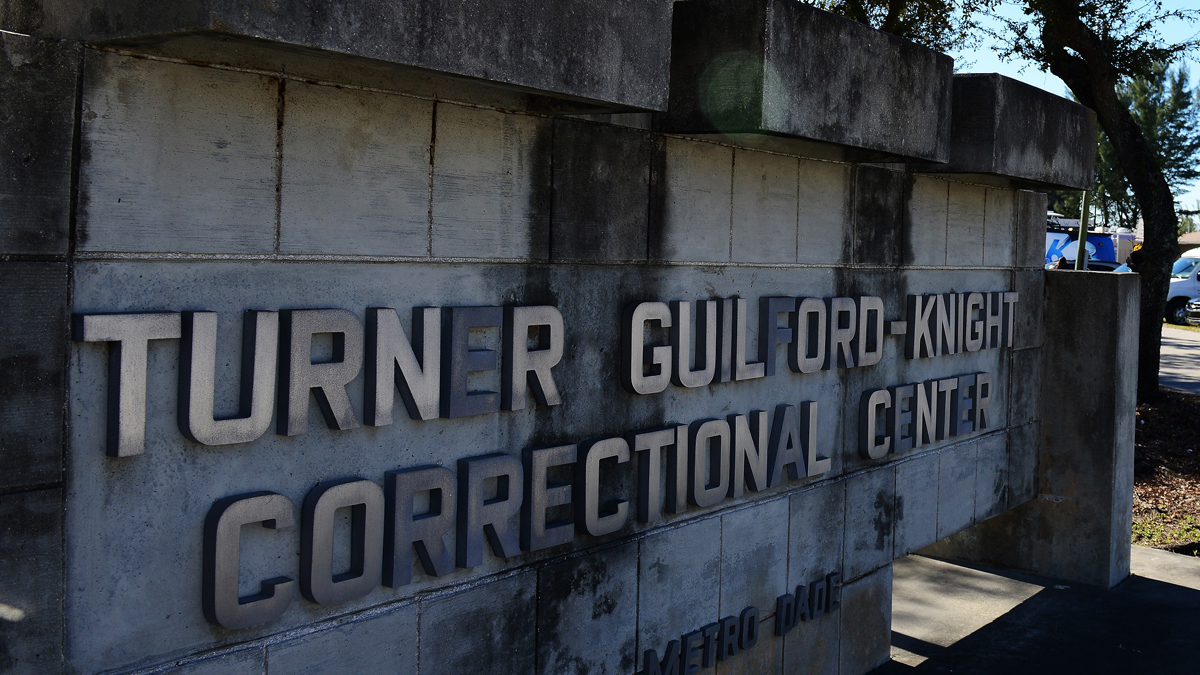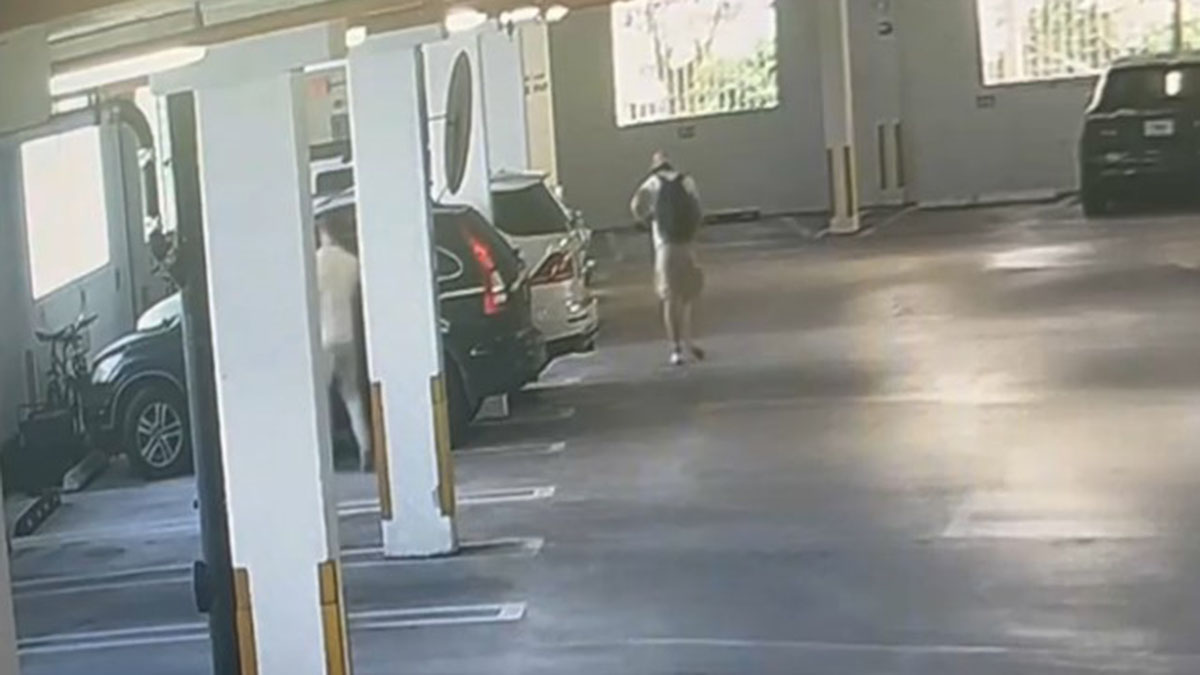It was a picture perfect November day in Miami in 1958.
The airport was busy, and Cubana Airlines Flight 495 was taking on passengers, baggage and cargo loaded for a routine flight from Miami to Varadero Beach and then on to Havana, Cuba.
In Cuba, Fidel Castro was on the brink of taking over the island and the Batista government forces were crumbling, but air service to Cuba had not been interrupted.
At the controls of the Vickers Viscount Propjet on the runway at Miami International Airport were Capt. Ruskin Medrano and Capt. Jose Combarro. The winds were coming in from the southwest and it was 80 degrees outside. The British-made Vickers Viscount rolled down the runway and began a historic flight.
It would be the first-ever international airline hijacking originating from the United States. Fourteen people, including the crew, would die that day.
“Two of them went all the way to the front of the cabin to open a door on the floor and brought out machine guns, helmets, uniforms, boots,” said passenger Osiris Martinez of the hijackers.
As the plane continued south, then 16-year-old Omara Gonzalez got a good look at the armed lead-hijacker who was demanding the plane land in eastern Cuba.
Local
“I remember his eyes. He looked at me often. I remember his white shoes,” Gonzalez said. “The hijackers argued about killing the pilot.”
Members of his own family say Edmundo Ponce de Leon was the alleged mastermind behind the hijacking.
According to unclassified U.S. State Department documents, Ponce de Leon was identified as being one of the hijackers by survivors from photographs shortly after the crash. He is an American citizen and was also a U.S. Air Force veteran.
More than 50 years later, he is an elderly man living in Hialeah with his wife. But he has said in the past that he was just a tourist on the plane going on vacation.
“He was in charge of the whole thing. He told me he was in charge,” said his cousin Solange McCargar.
The U.S. Attorney’s Office in Miami said in an email statement that the matter is under review. But despite FBI investigations over the years, no charges were ever filed against Ponce de Leon.
"We are aware of the allegations and continue to review the matter to determine any appropriate action," said Alicia O. Valle, special counsel to the U.S. Attorney.
Martinez, a naturalized U.S. citizen who lost his wife and three children in the crash, identified Ponce de Leon as one of the hijackers from photographs after the crash.
NBC Miami found Ponce de Leon, and his wife said that he has terminal cancer.
“It was 50 years ago,” he said when NBC Miami approached him for comment at his efficiency apartment in Hialeah.
He refused to say anything else.
Documents reveal that right after the crash the American Civil Aeronautics Authority, which was the predecessor to the FAA, declined to get involved. It was, after all, a Cuban airliner crashing in Cuba.
Authorities have said the lack of prosecution is because of a lack of evidence, and the fact that it is an old case.
The lack of prosecution baffles former federal prosecutor Christopher Bruno. He says more than 50 years later, there is still a case and it should go to a federal grand jury.
"The plane embarked from Miami. The hijackers agreed on U.S. soil to hijack that plane. Any single overt act taken on U.S. soil to further that conspiracy would constitute a crime,” Bruno said.
Martinez remembers that during the hijacking, the plane was flying for hours and when it became night, they couldn’t land.
The hijackers directed the cockpit crew to land the plane and its sophisticated four-engine British-made turbo prop on a short runway at the Preston Sugar Mill on the edge of Nipe Bay, Cuba.
“The pilot would try and land when he saw that he could not land, he would go like this … and suitcases and all kinds of things were falling on us, and people were screaming and my wife was crying,” Martinez said.
Jorge Rodriguez has written a history of Cuban aviation.
“It was a short runway. There was no light and it more difficult and the captain knew they would not make it there,” he said.
In the dark, the Cubana turbo prop lined up to land. A hijacker jumped into his seat and told everyone to put on their belts because they were out of gasoline.
Omara Gonzalez watched as her grandfather died inside the plane.
“I heard my grandfather scream. I reached him, hugged him. He was tied to his seat belt and disappeared,” Gonzalez said.
Osiris Martinez couldn’t help his wife or his children. He was pulled out of the water by local farmers and transported to Havana for medical care.
“I saw three of the rebels jump out of the lake,” he said.
Wayne Smith, an officer at the U.S. Embassy in Havana, went to the crash site.
“This was a matter of a few guys in Florida saying they were members of 26 of July and hijacking a plane. It was tragic,” Smith said.
Ponce de Leon disappeared into the last days of the Castro revolution. He married and then somehow, according to his family members, slipped back into Miami in 1994. He even allegedly bragged about the hijacking.
“He was very proud of what he did,” McCargar said.



